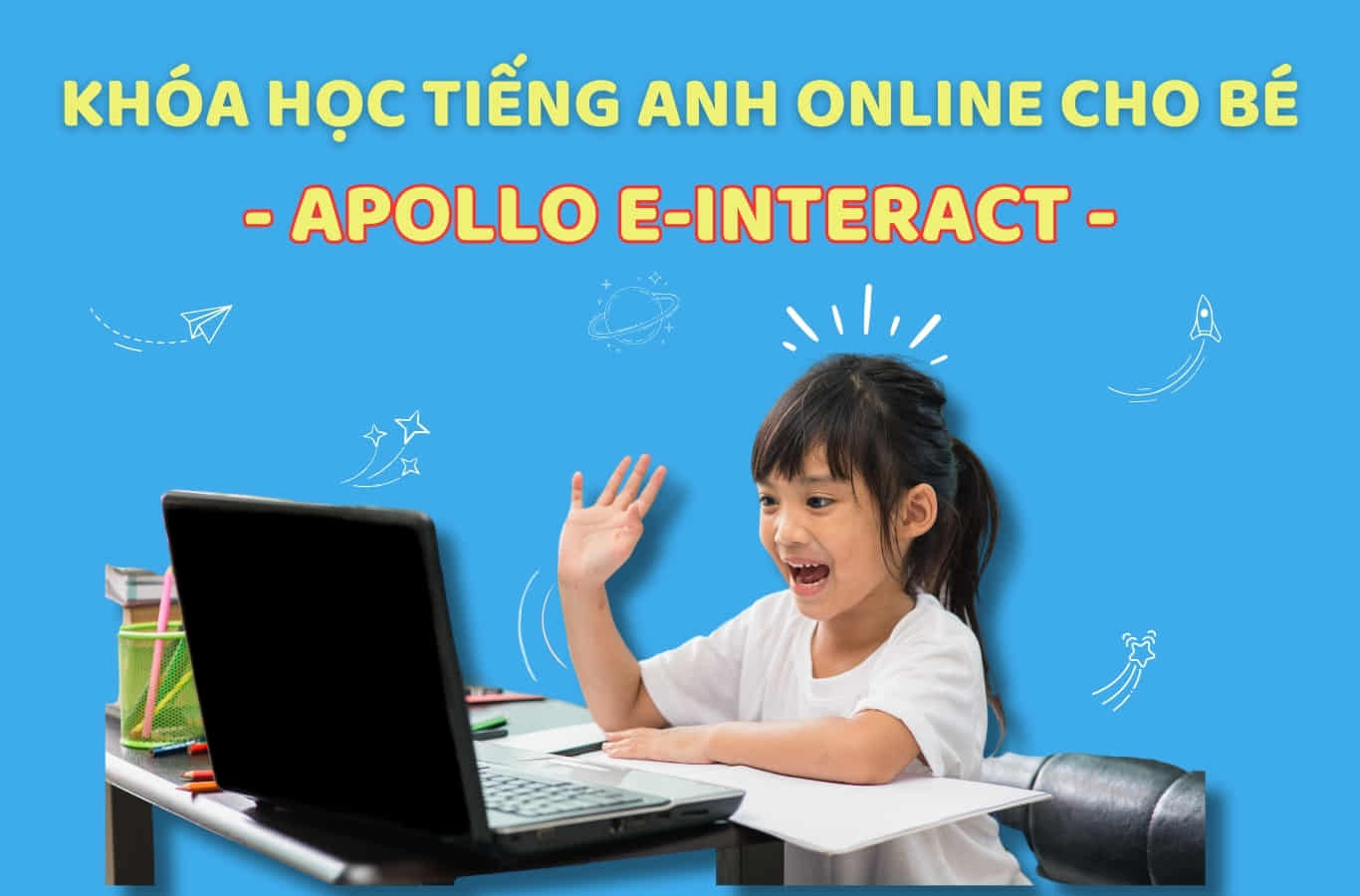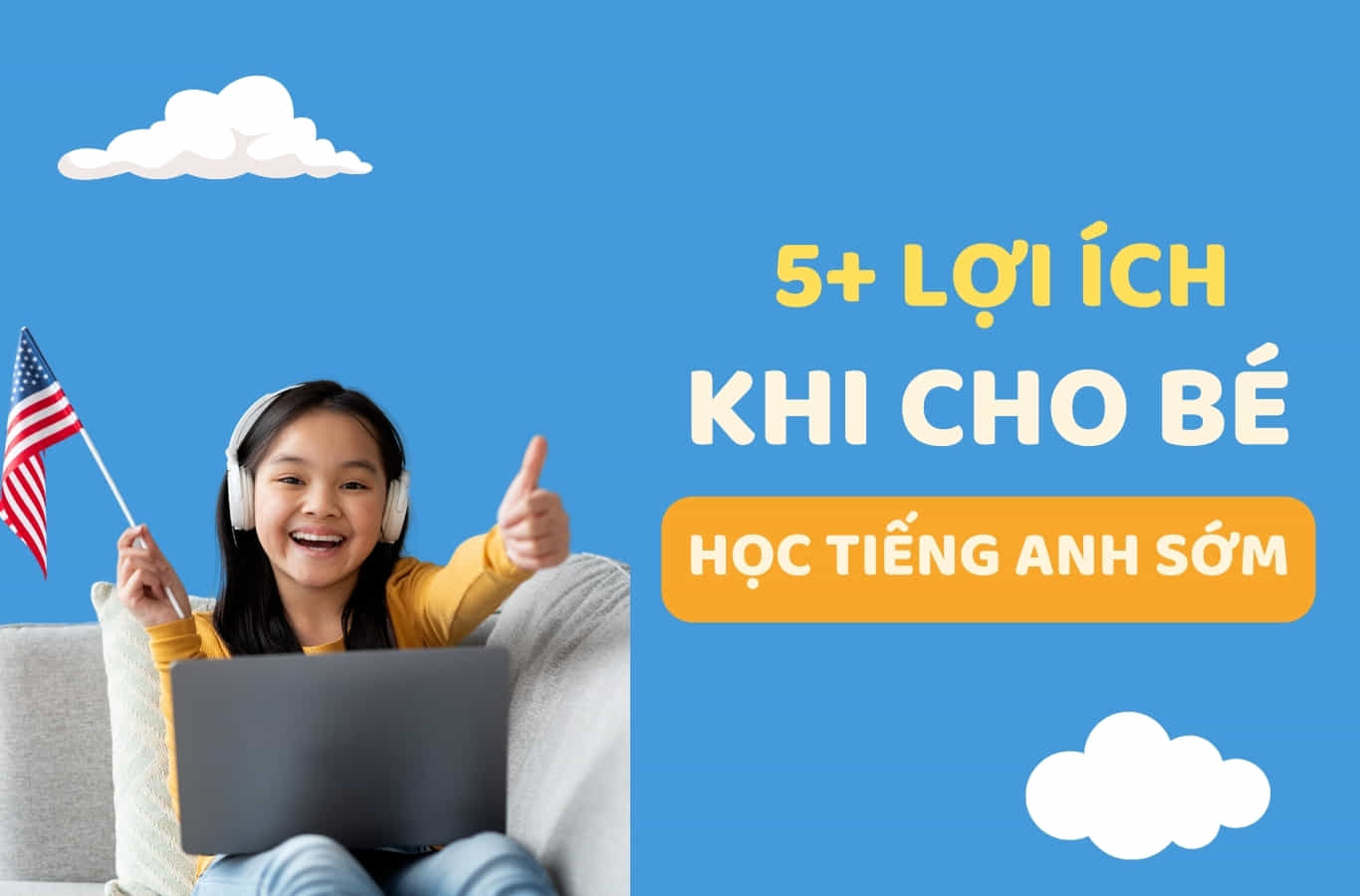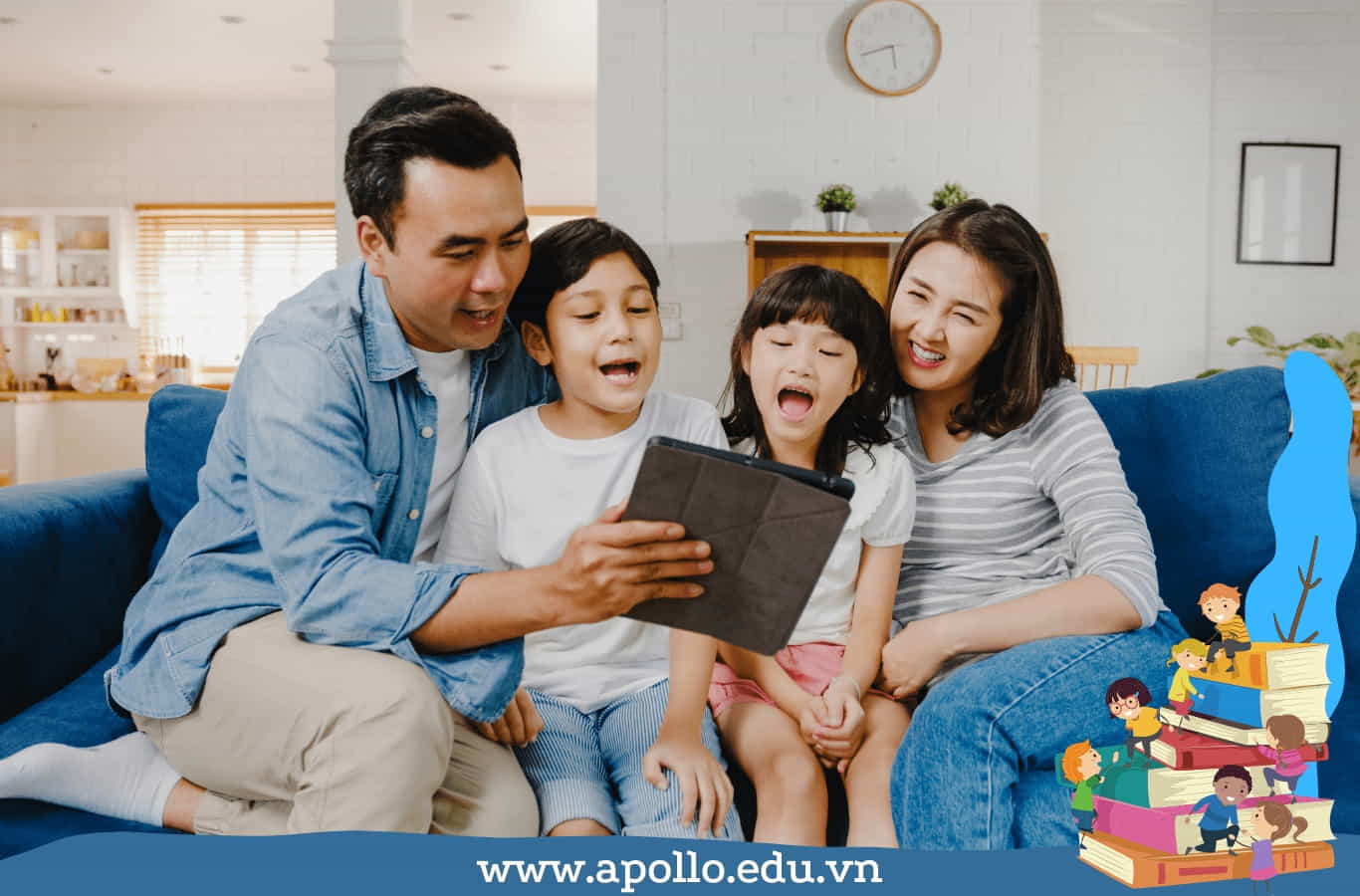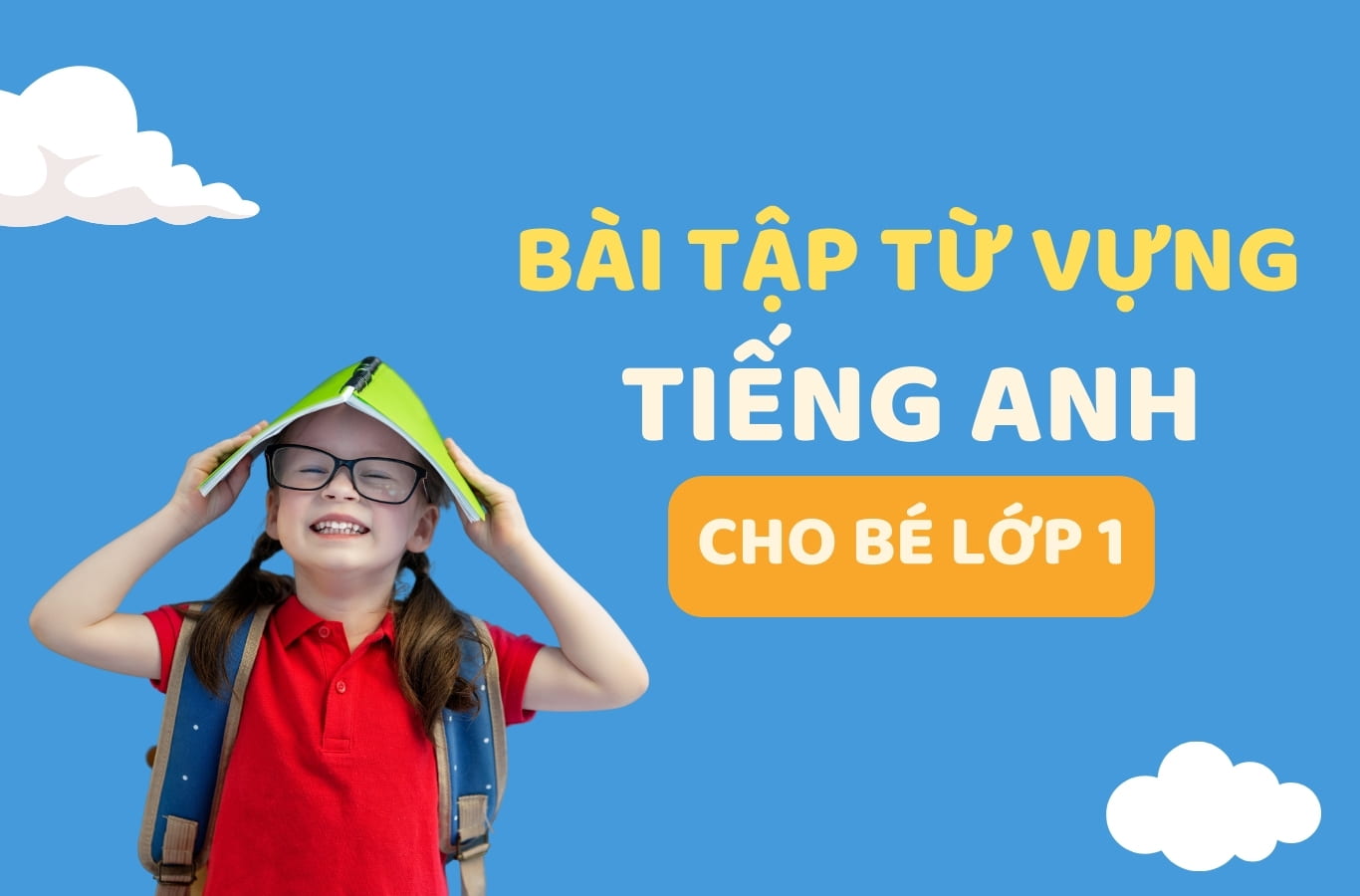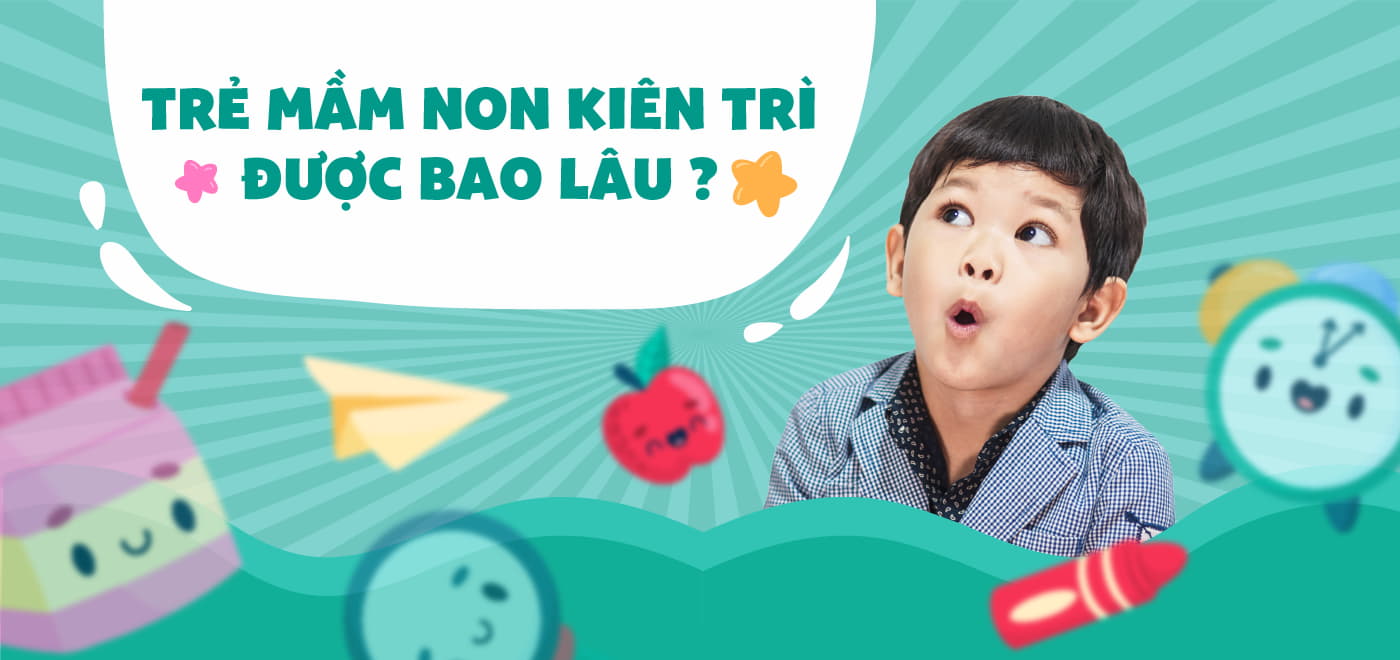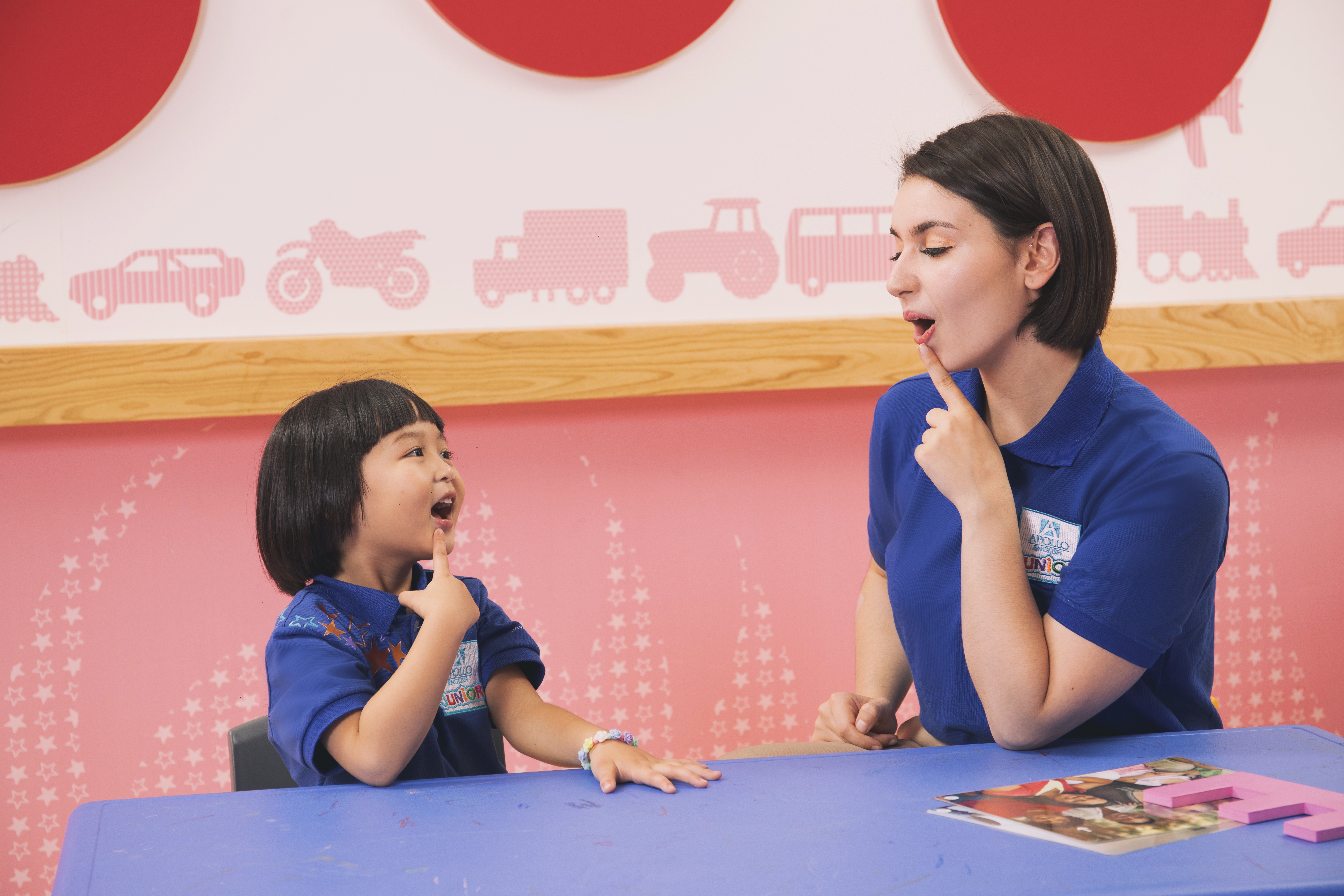CHAPTER 10: TRY OUT BLENDED LEARNING
Please try to spend 15 mins brainstorming for yourself, try to answer these questions before reading:
1. What is blended learning?
2. What is a new kind of homework?
Space for your notes:
.............................................................................................................................................................................................................................................................................................................................…
.............................................................................................................................................................................................................................................................................................................................…
.............................................................................................................................................................................................................................................................................................................................…
.............................................................................................................................................................................................................................................................................................................................…
When I became a teacher and had to present new material, I noticed, from the beginning, some students didn’t understand what I was teaching, as they weren’t paying enough attention. I could not repeat my explanation over and over for the stu- dents not following along because the majority of the class already understood the lesson. Even when I was aware that a student needed more time, I couldn’t slow the rest of the class down. I couldn’t ensure all students repeatedly listened to my instructions on the new material as many times as they needed. Especially in lessons where I introduced key concepts, I always had students who missed important information.
It is difficult to assist all individual students in the class at the same time. Splitting the class into groups, where some students work independently, would allow me to provide attention and spend more quality time with a smaller number of students.
So, what is blended learning?
Most often, blended learning is a mixture of online and off- line learning, attempting to leverage available online resources. There are currently up to twelve models of blended learning (TeachThought, n.d.). According to a study called Preparing for the Digital University, blended learning has proven to generate better learning outcomes when compared with other learn- ing styles, such as solely online or face-to-face environments (Valamis, 2021). Surveys show that seventy percent of students say they learn best in blended learning classrooms and sixty percent of teachers notice blended learning improves students’ academic ability (Pandurov, 2021).
Catlin R. Tucker, a teacher from Windsor High School in California, who applied blended learning in her lessons, shared, “I realize how daunting the idea of weaving technology into a traditional classroom can be. I’ve been there; I’ve felt that apprehension and anxiety. I know it’s a big step but the rewards are even bigger” (Tucker, 2013).
In order not to overwhelm you, I will only introduce two models I believe are simple to implement into a traditional classroom yet will create a huge impact on the overall learning experience.
FLIPPED CLASSROOM
Probably the simplest yet most powerful method is the flipped classroom. It is based on a simple idea to flip the purpose of homework and time in class.
We are all familiar with the approach where a new topic or unit is introduced to us by the teacher, and then homework is assigned to practice the newly introduced knowledge. As the time in class is limited and the teacher only introduces the new topic once (meaning students do not have an option to listen to the brand-new topic introduction more than once) and in one style (either by writing it on a board or sometimes by a video), many students may not understand the new topic after the lesson is over. Then the teacher gives homework to students for at-home practice.
Imagine a scenario where a hardworking student named Lealdo (a fourth-grader, around ten years old) takes notes in the mathematics class during the introduction of the new topic, fractions. Lealdo is a visual learner, and listening to a lecture is difficult unless he can hear it several times. Then Lealdo tried to do his mathematics assignment, but fractions were hard, and he didn’t understand what his teacher, Mrs. Green, explained.
During the next lesson, Mrs. Green checks the homework. There are always some students who did not complete the homework, either because they are lazy, busy, or just because they do not understand the knowledge well enough, even when a student tries hard both in class and at home, like Lealdo. Mrs. Green does not have time to review with students who did not finish the homework and continues with the next lesson, as the syllabus tells her to continue with new content delivered to everyone.
With this approach, a student that did not catch or under- stand the content of the previous lesson and did not do the homework will have a gap in their knowledge (in case of teaching young learners, a caring teacher can try to send parents a message saying the student repeatedly does not complete the homework, but that is probably all the teacher can do). This gap often compounds until the next test or exam where the student gets a low score. This pat- tern repeats for a while, after which the student fails the grade level (a caring school or institution can implement and offer tutoring options for “low test score” students preventing them from failing, but this costs financial and human resources).
What the student needs is to be introduced to the new topic in a more tailored way, based on their learning style. This is where the flipped classroom can help. Students can use the internet (to read articles, watch videos, arrange a call for peer discussions, connect with someone thousands of miles away, etc.) to become familiar with the new topics first. They have the ability to reread, rewatch, or talk to peers as much as they need, at their own pace, to understand the new topic. And then, when students come to the class, they can use class time to practice, to dig deeper into the problem, to ask the teacher for clarification and additional explanation, to understand the topic more clearly.
Now imagine that Lealdo’s teacher, Mrs. Ivey, has a flipped classroom. Mrs. Ivey has made a video of her introduction to fractions. Lealdo can access this video at home and watch it repeatedly, practicing for class the next day. Then, when Lealdo comes to class, the teacher provides an assignment on fractions. Lealdo can work on this new concept under the watchful eye of the teacher, who can answer any questions necessary. The same amount of time to complete the lesson, but the parts are flipped to the student’s advantage.
Critics might immediately oppose the flipped classroom design, arguing, “What if the student does not learn at home in this flipped classroom model?” Well, definitely in this model, students need to be trained, motivated, and rewarded to be more proactive and take ownership over their learning. The hope for students is that by learning in their preferred method, at whatever pace suits them best, the new material will, therefore, be less boring compared to the more tradi- tional, typical styles. Nevertheless, there are solutions for students that won’t do the necessary work at home, too. The teacher can use a variety of techniques to ensure students are familiar with new content, such as grouping students where at least one student did the homework to share the knowledge learned with the rest of the group, or the teacher can briefly review key parts of the new topic with the entire class at the start of a session.
Another downside of the flipped classroom method is that students will need to own a device (a PC, laptop, tablet, or phone) with an internet connection at home. With grow- ing internet penetration and the reduction of the price of devices worldwide, the scale of this problem is decreasing. However, to be able to apply the flipped classroom method, schools have to double-check that 100 percent of their students have access to online learning at home. Elizabeth Trach from Schoology mentioned, “This could make the digital divide between wealthy students and their poorer peers very obvious, and students without access to technology would struggle” (Trach, 2020). In December 2021, I interviewed Mrs. Annie Balbuena, a college teacher in the Philippines, who shared that during the COVID-19 pandemic, many of her students had difficulties in learning online as they only had one device in the family. Many siblings had to share the device and if they had a class happening at the same time, only one could attend the class.
If we can solve the technical issues and motivate students to get familiar with the new material at home, time in class will surely be more meaningful.
STATION ROTATION
Station rotation is another model that can make a class- room more dynamic. As the name suggests, students rotate between stations in the classroom. Not everyone is doing the same activity at the same time, but students are split into smaller groups. While one group is working on a collaborative project, another group of students might be working individually, either on a worksheet or, if possible, with avail- able resources, filling out quizzes on computers or tablets. Everyone is still in one classroom, and the teacher can monitor and support all groups.
This model allows the teacher to remove themselves from the center of the classroom, making students the center of the learning experience. With the station rotation model, we can ensure that everyone is working, either with the teacher, with peers, or independently. The stations can also be used with different types of desks (standing, sitting, regular desks), which plays a role in the dynamic environment as well.
Let’s say Mrs. Spinks is an English as a Second Language (ESL) teacher, and the aim of her upcoming lesson is to review vocabulary related to herbs, words like parsley, dill, or coriander. Instead of standing in front of the class, telling all students to open the coursebook and review the material inside the book, she can create three stations.
In the first station, students like Lealdo could work alone on a word search, strengthening the spelling knowledge of a word. In the second station, students can use headsets and tablets to independently listen to the correct pronunciation of words. Mrs. Spinks can then spend time with the third group in the third station, checking if students understand the meaning of each word, discussing and brainstorming potential usage of these herbs.
In terms of blended learning, schools like KIPP LA (Knowl- edge is Power Program in Los Angeles), Summit Public Schools, or Navigator Schools were featured as protagonist schools in research conducted by Clayton Christensen Insti- tute together with New Teacher Center and Silicon Schools Fund. In an interview, Mrs. Colleen Kennedy, a teacher from KIPP LA (specializing in station rotation model), shared that while students are not with her, they still spend a lot of time learning. Because students are working in smaller groups, they have more chances to talk to Mrs. Kennedy and their peers, even though the ratio is one to twenty-seven in the class. Instructions can also be more differentiated based on each group’s needs (New Teacher Center, n.d.).
However, there are a few downsides in this model too, which we have to keep in mind.
First, the duration after which students rotate from station to station is preset, which might create problems as students learn at different paces. Stations usually only allow the same amount of time for each task.
There are experts in the field, such as Mrs. Sharon Wright, a blended learning coach, who said, “At the sound of the alarm to rotate, I would hear audible sighs from both students and teachers. Students who were doing a project or online sta- tions were highly engaged and didn’t want to move, and, at the same time, teachers would express that they needed a few more minutes with students in the teacher-led station to ensure they had mastered the material.”
Second, the order of the learning experience is different for each group, while both Lealdo and Stephanie might need to go through the same order of stations. Imagine that there are three stations in the classroom labeled as stations one, two, and three. Students are split into three groups A, B, and C. Group A (including Lealdo) will go to station one, group B (including Stephanie) to station two, and group C to station three to work for the given period of time. After the time is up, each group of students moves to the following station. Lealdo starts at station one, then moves to station two and finally to station three, while Stephanie starts at station two, then moves to station three, and finishes at sta- tion one. Therefore, the order of Lealdo’s and Stephanie’s learning experience is not the same, although it might be more beneficial for them to follow the same order of sta- tions. A student’s order of activities is determined by the teacher. From observations and understanding of students, the teacher can split students and arrange stations to best suit each student’s preferred order.
Last, stations are not suitable for all types of subjects and tasks. They are not best used for essay writing, for example. Usually, we would use stations for introducing new material or reviewing concepts.
Many schools, including Summit Public Schools, are there- fore applying the Flex model of blended learning, where students move to different stations at the time they want and need after they finish the previous task. Logistically the Flex model would be much more difficult to organize than the flipped classroom or station rotation model. Teachers would have to be present in different stations as students move individually at their own pace. In the Flex model, the space in the school is divided into the main study room with many different breakout rooms and labs, each with a separate teacher ready to teach whenever students pop in.
CONNECTING THE DOTS
All blended models have advantages and disadvantages. Schools should consider and choose the models to implement based on their available space and resources. The main goal of the station rotation model is for the teacher to spend more time with one smaller group to provide better support. While the main point of the flipped classroom model is a more tailored pace in which students learn. The ultimate goal of education is for students to fully master the skills and information taught, to be able to apply the knowledge in the real world, and for students to better understand the target material. Blended learning serves as a very useful tool in fostering those, some- times ambitious but worthwhile, milestones.
DAVID PHAM


 English
English
 Tiếng Việt
Tiếng Việt



 Trung tâm Anh ngữ Apollo Việt Nam
Trung tâm Anh ngữ Apollo Việt Nam

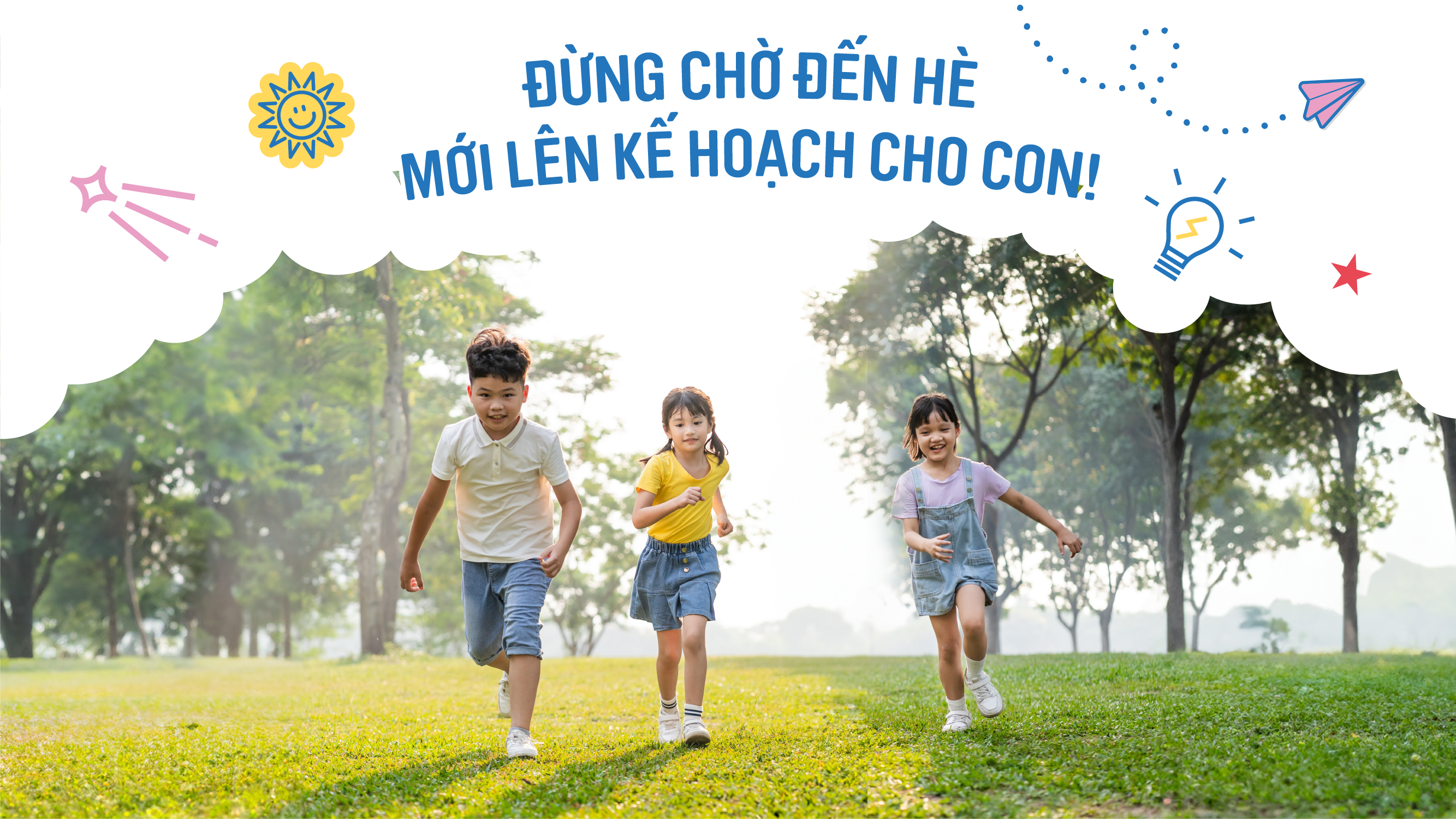

-miLvgkuA1rT13CGj.jpg)
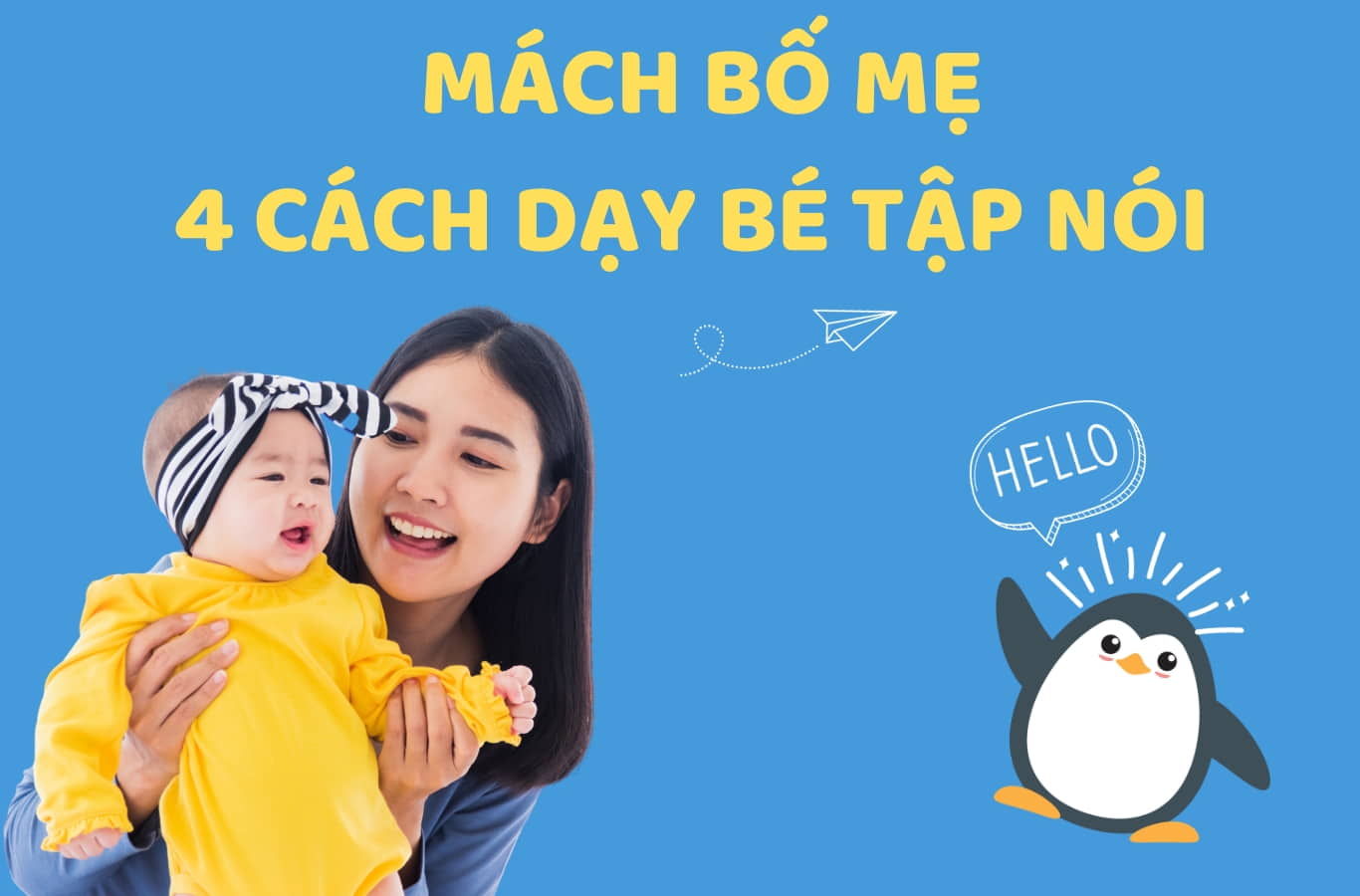

![350+ TỪ VỰNG TIẾNG ANH CHO BÉ THEO NHỮNG CHỦ ĐỀ QUEN THUỘC NHẤT [KÈM FLASHCARD]](/attachments/2023/12/tu-vung-tieng-anh-cho-be-M4HEgr4fSYlmqYF3.jpg)
